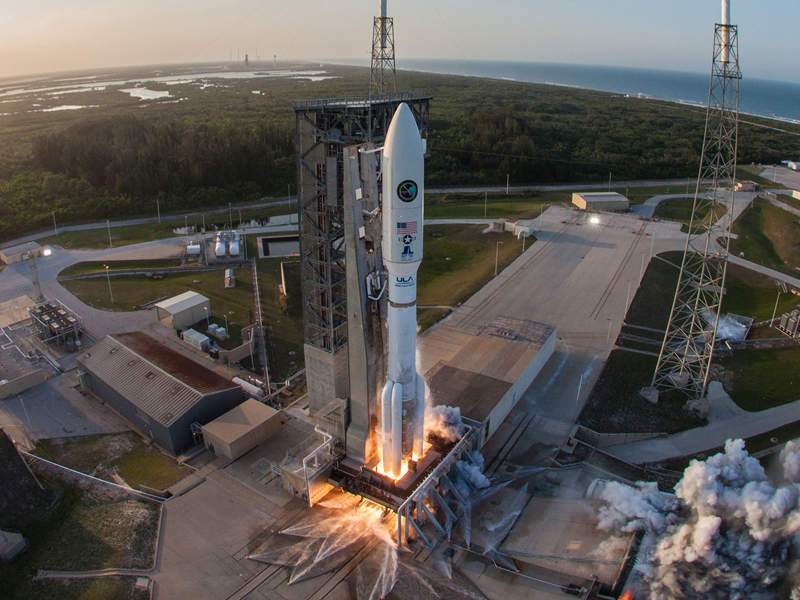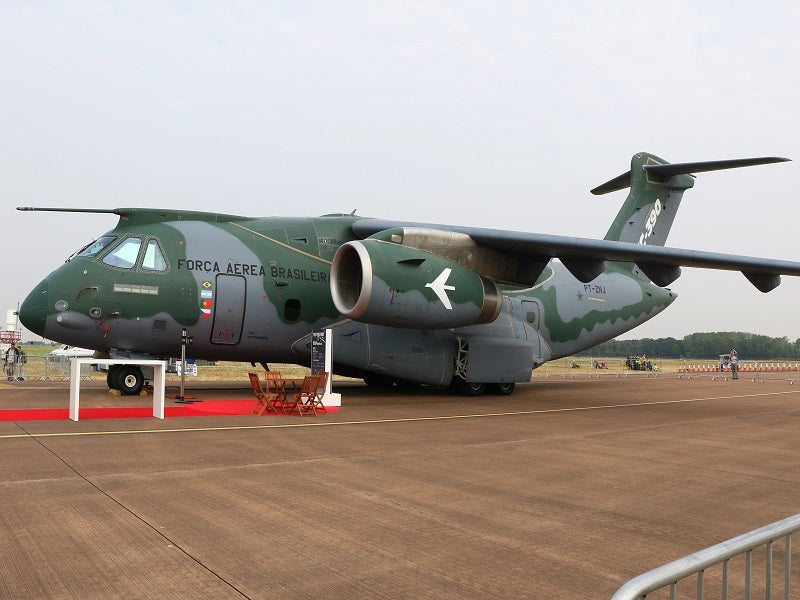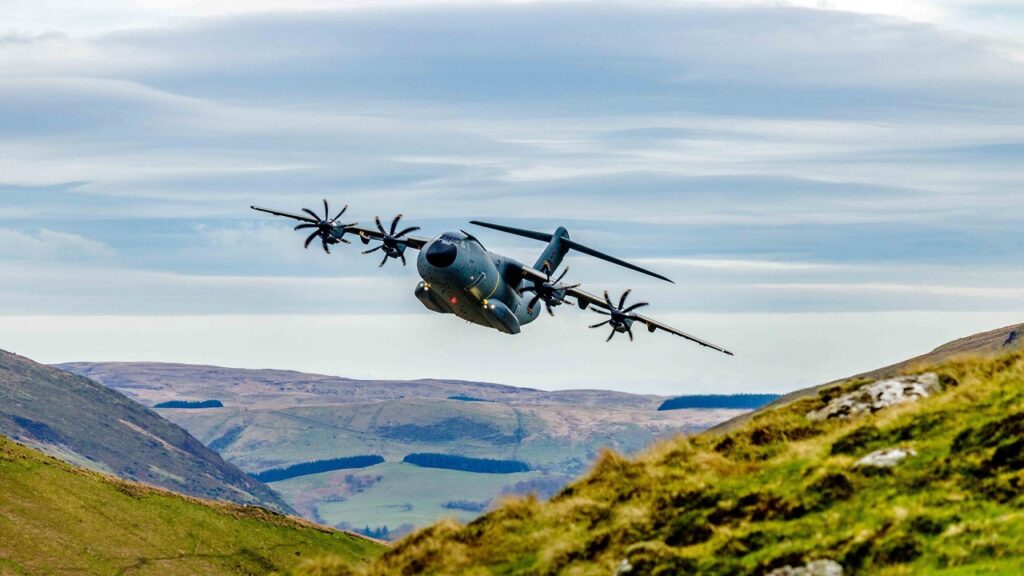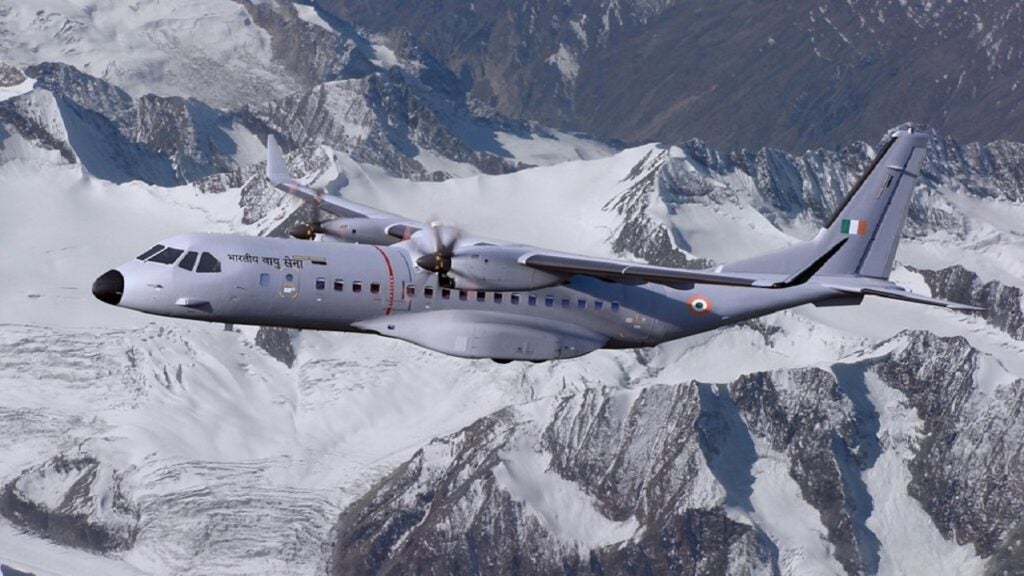
The Air Force Space Command (AFSPC)-11 is the latest surveillance mission of the US Air Force.
The twin-satellite mission was launched atop the Atlas V 551 rocket from Space Launch Complex-41 at Cape Canaveral Air Force Station, Florida, on 14 April 2018.
The AFSPC-11 mission comprises two spacecraft, which include Continuous Broadcast Augmenting SATCOM (CBAS) and Evolved Expendable Launch Vehicle (EELV) Secondary Payload Adapter (ESPA) Augmented Geosynchronous Laboratory Experiment (EAGLE).
The spacecraft are designed to serve the communication and surveillance needs of the US Air Force.
Orbital ATK was preferred as the major contractor by the Air Force Research Laboratory (ARFL) for the design, testing and construction of EAGLE, which is also a host for the defence satellite Mycroft, in October 2012.
The US Air Force selected United Launch Alliance (ULA) for the launch of the mission satellites into the geosynchronous orbit aboard Atlas V 551 rocket.
AFSPC-11 mission design and payloads
The major payloads in the AFSPC-11 mission are the CBAS satellite and the EAGLE platform. The CBAS satellite is majorly intended for enhancing satellite communications across the military network.
It is expected to bolster the existing defence communication network and enhance the connectivity. It will broadcast the military data with the help of relay networks, host satellites and other communication links.
The EAGLE system is an experimental space satellite commisioned by the AFRL. Its design is based on the ESPAStar platform developed by Orbital ATK. It can carry up to six hosted or 12 detatchable, free-flyer payloads in low and geosynchronous orbit.
The experimental results obtained from the EAGLE platform will be used to detect variances in the space systems. The data gathered by the platform enhances the space situational awareness of the operators.
The platform further facilitates the development of sophisticated technological solutions for the detection of abrupt spatial events such as meteor storms, collisions and space weather events.
The Mycroft microsatellite serves as a secondary payload in the mission. Based on ESPASat platform, the spacecraft is intended to demonstrate self-inspection capabilities.
Satellite operation and control
The operations of the CBAS military communications satellite will be managed and monitored by the Military Satellite Communications Directorate of the Space and Missile Systems Center of the US Air Force (USAFMC). The activities of the EAGLE will be controlled by the Air Force Research Laboratory.
Launch vehicle details
The AFSPC-11 mission was lifted off by the Atlas V 551 launch vehicle. It is a member of the proven Atlas V 400/500 family being operated by ULA.
The 551 configuration includes two stages, namely common core booster and Centaur. The first stage of the launch vehicle features five solid rocket boosters with a diameter of 12.5ft and length of 106.35ft each. The boosters are powered by a RD-180 engine with two thrust chambers.
The maximum power production capacity of the engine at sea level is 860,200lb (390t). Additional power required for the take-off is supplied by the five rocket boosters. The onboard Centaur avionics suite ensures smoothness in sequencing operations, flight guidance and transition into different phases of flight.
The second stage in the launch vehicle includes propellant tanks made of corrosion-resistant stainless steel. It measures 10ft (120in) in diameter and 41.5ft (498in) in length. The Centaur stage is powered by a RL10C-1 engine, which produces 22,900lb (10.3t) of thrust.
The satellites are safeguarded by Payload Fairing (PLF), which is a honeycomb structure made of aluminium core and graphite-epoxy face sheets. The two-piece structure encapsulates both the Centaur stage and satellite.



